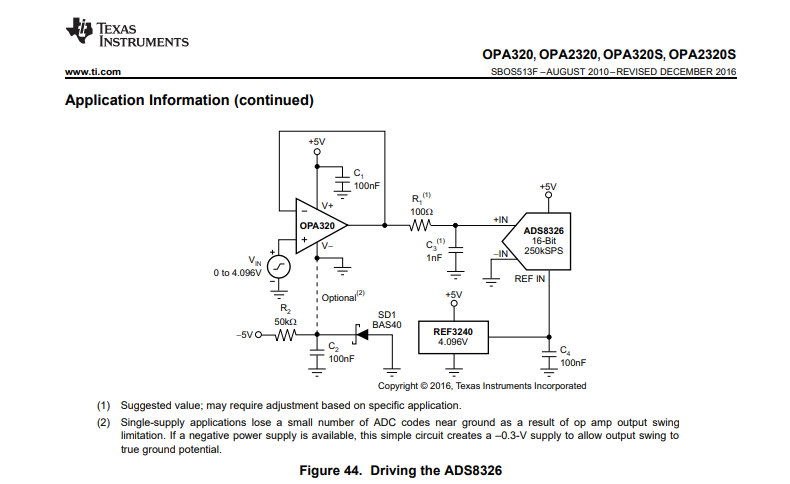Other Parts Discussed in Thread: OPA320
What is the circuit that is used to validate that each of the ADC channels are working properly before shipping a product? I would like to design my input circuit as close as possible to this to reduce the chances that I am using ADC channels out of their operating spec.



